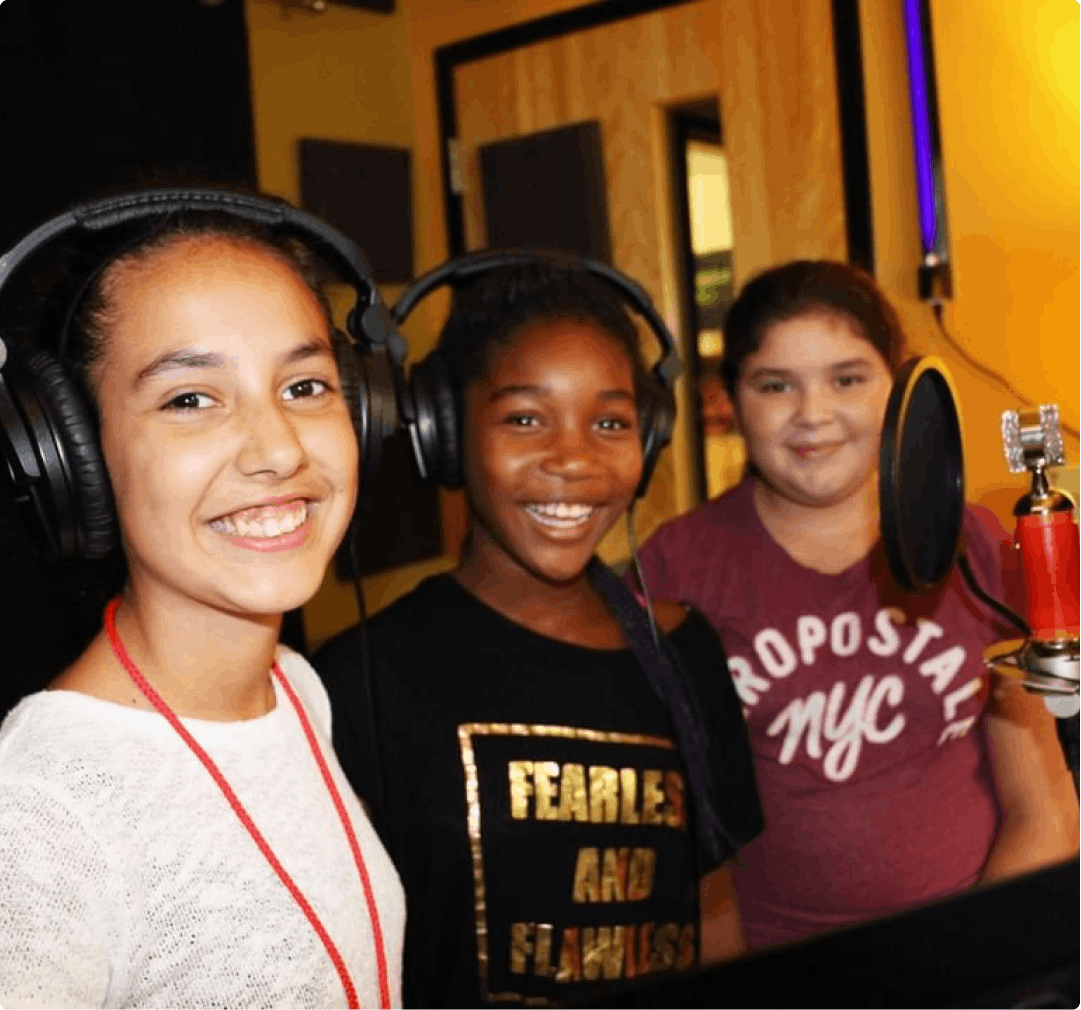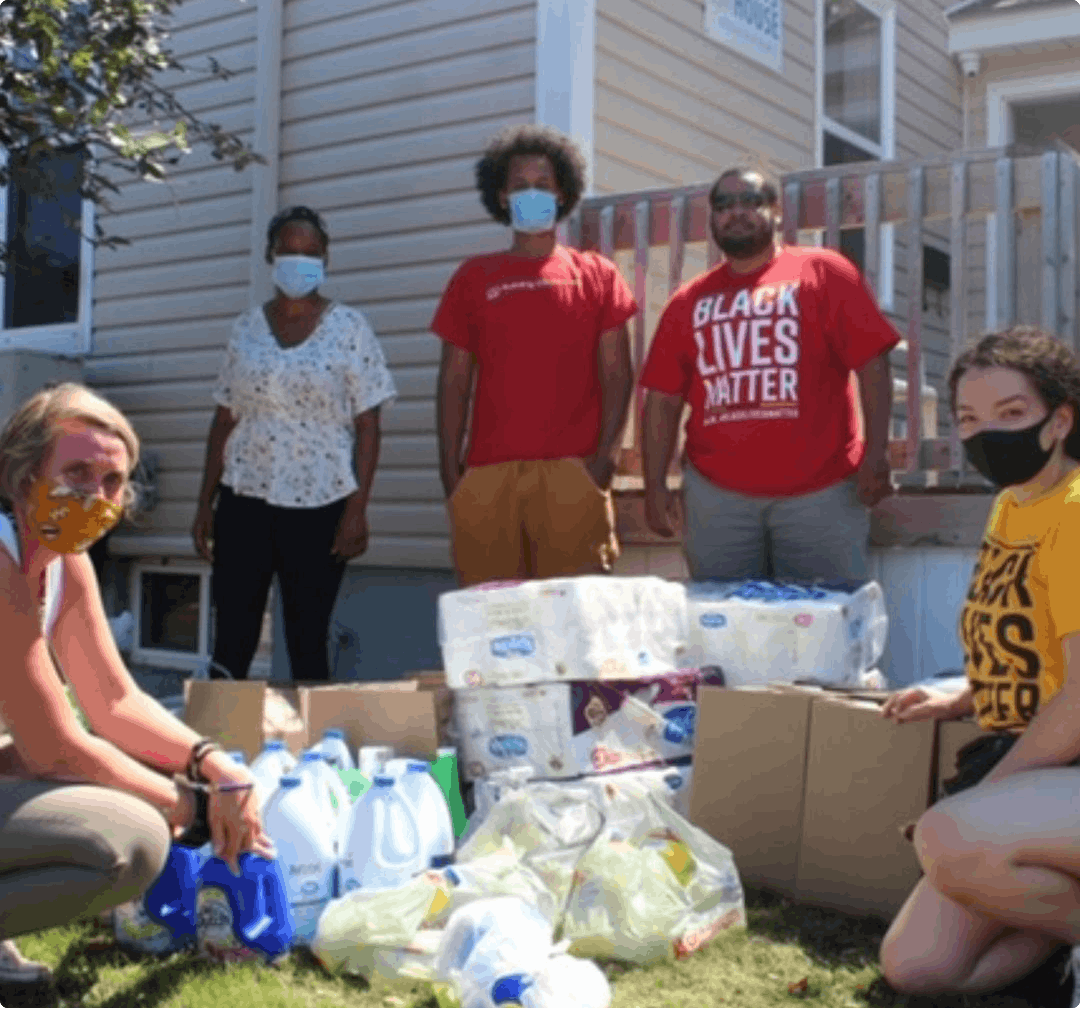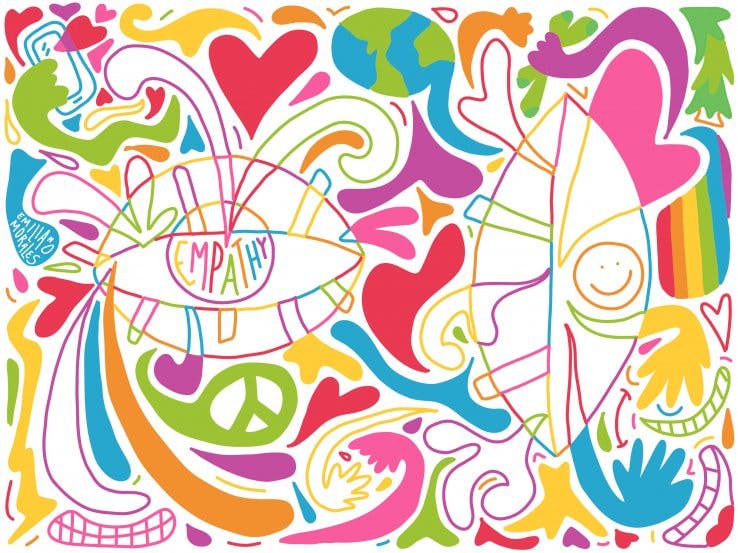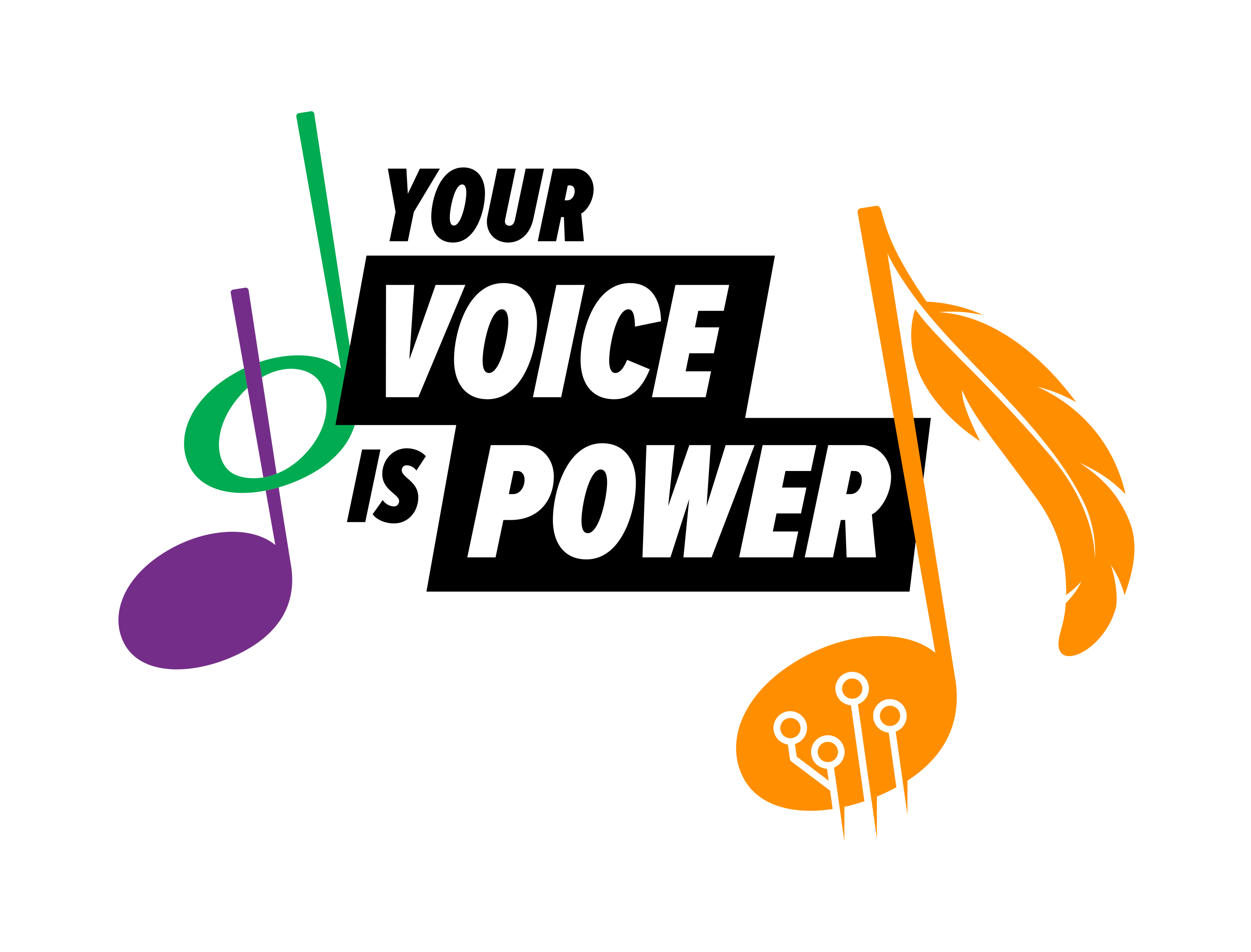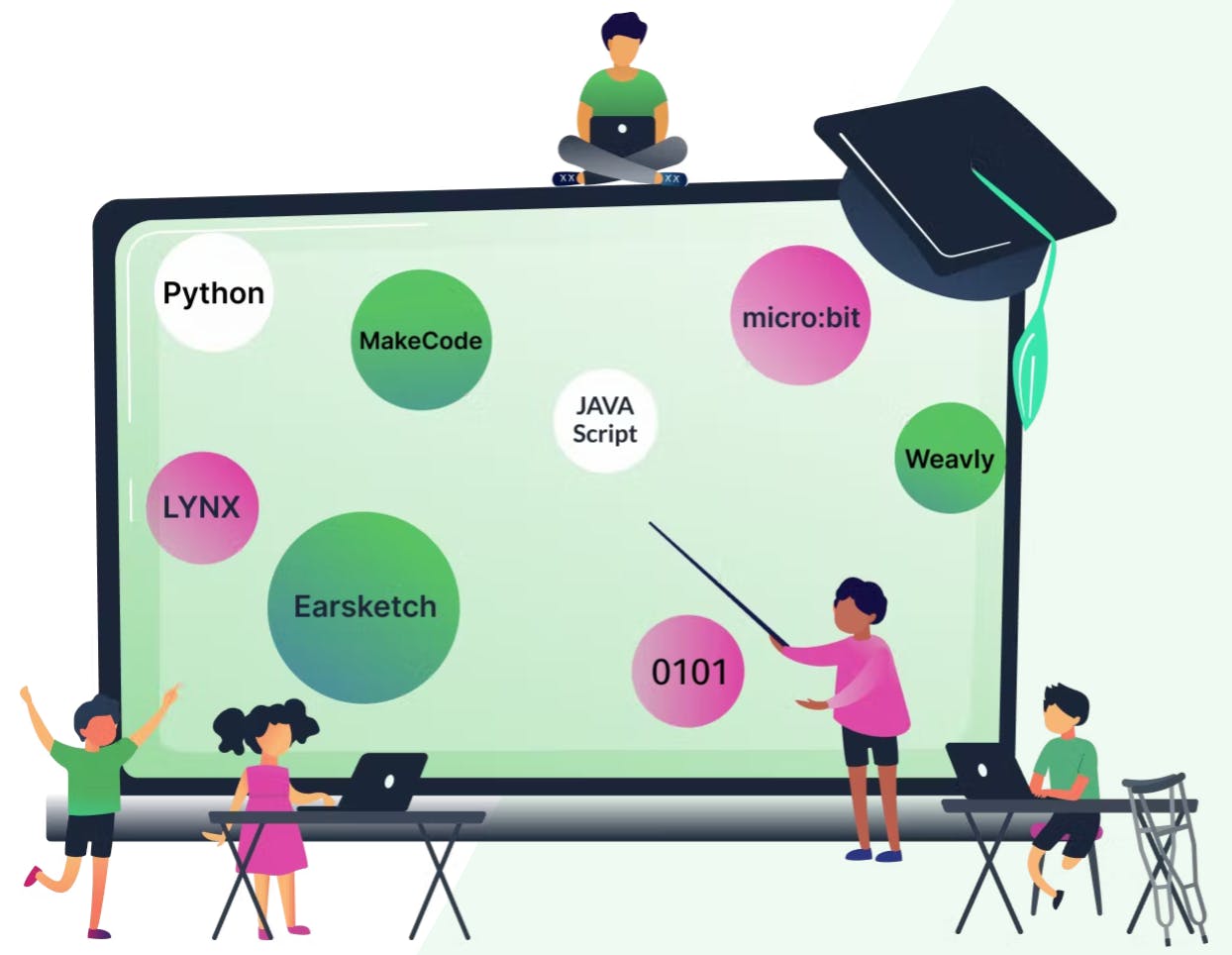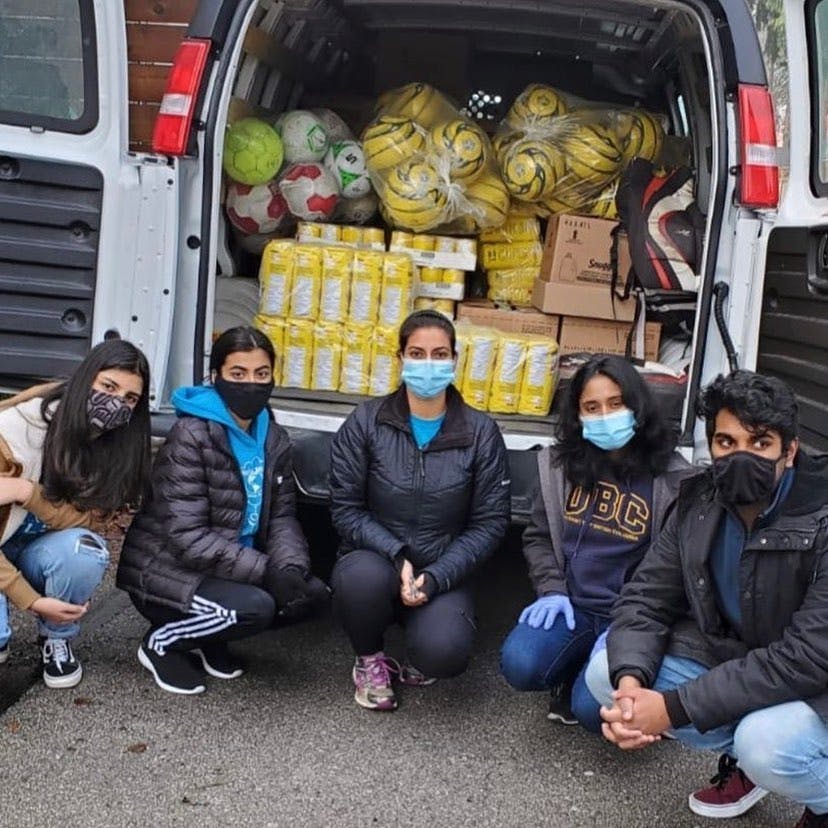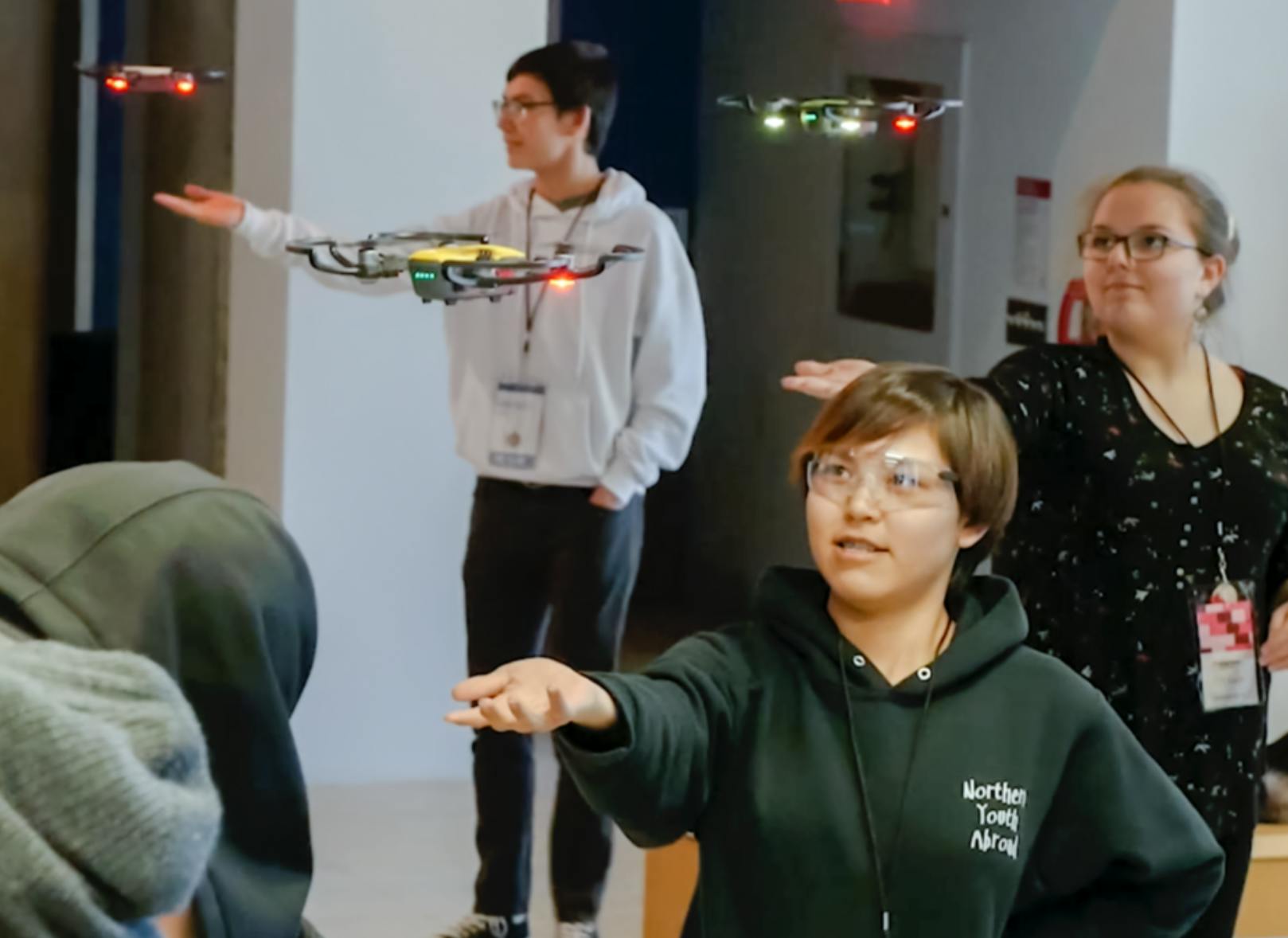GRUB Lesson 2.1: Taking Pictures that Illustrate Food Systems Issues
Description

Youth take photos that explore and illustrate social issues and the relationship of agriculture and food production to personal and social health.
Time Required: From 90 minutes to several hours, depending on how much time is committed to taking photos.
Learning Objectives
Youth will have learned about the ethical implications of photographing others, and will have reinforced their knowledge by taking photos which explore and illustrate concepts and issues related to food systems.
Teaching Process
1. Introduce the Photovoice process and goals: Facilitate a group discussion about Photovoice, taking photos, and the ethical implications of taking photos of others. Emphasize respect and safety.
2. Brainstorm food system themes: Engage youth in a brainstorming activity on what they learned in the lessons in Module 1. Collectively, comprise a list of main themes or issues. These can be used to guide the images they look for or stage.
3. Take photographs: Equip youth with cameras. Encourage them to capture images that reflect positive and negative situations, influences, and actions related to the themes they brainstormed. Provide a timeline for when the images will be shared and ensure everyone has ideas/direction.
Teachers Notes
Key Points
• The photographs may be shared with students, teachers and community members in their school and perhaps from around the world.
• All subjects must understand the purpose and nature of the project and consent to the use of their image. Photographers must therefore obtain and keep signed consent forms from all subjects before sharing their photos.
Techniques and Considerations
• Keep your fingers out of the lens
• Aim to have the sun to your back; Avoid taking photos in the direction of the sun’s rays
• Avoid putting the point of interest into the centre of your photo
• Distance from a subject: Impact of proximity (stronger image) versus using distance (including more)
• Perspective: Playing with physical position (“birds-eye” and “worms-eye”) to get interesting photos
• Taking photos of a group of people in different ways (posed, not posed)
• If consent cannot be obtained: Obscure the non-consenting individual(s) using image editing software; Crop the picture in a way that makes non-consenting individuals unidentifiable. (These techniques should only be used if the student is not able to ask for or obtain consent (in large groups or action photos, etc.). If a subject refuses consent, student should look for another subject or rethink their concept.
• Questions: How can you approach someone respectfully to take his or her photo? (role play) Can you take someone’s picture without letting him or her know?
Other Tools
Handouts: 4.1: Consent Form for Students to Sign 4.2: Consent Form for Students to Give to Photography Subjects Materials: - Cameras (ideally digital cameras, one per student) - Consent forms
Creative Commons
This work is licensed under a Creative Commons License.
Share: Tweet
Administration:Edit Resource
Source:GreenLearning
Resource Type:Lesson Plan
Subject(s):Arts and Communication, Health Education, Arts,
Topic:Environment, Health, Media,
Level:Intermediate / MiddleSecondary

